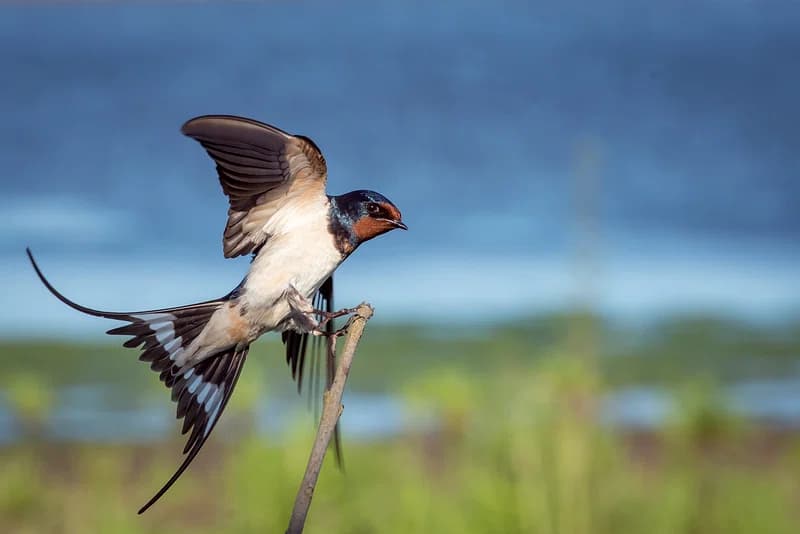We have the same name for martin, swallow, and swift (ត្រចៀកកាំ) though these three bird species don’t relate at all. Probably because they have similar appearances so we put them in the same group. Our topic today is about the swallow and swift species in Cambodia, and there are 10 of them in total. Feel free to check them out below.
Asian Palm Swift (ត្រចៀកកាំដើមត្នោត)
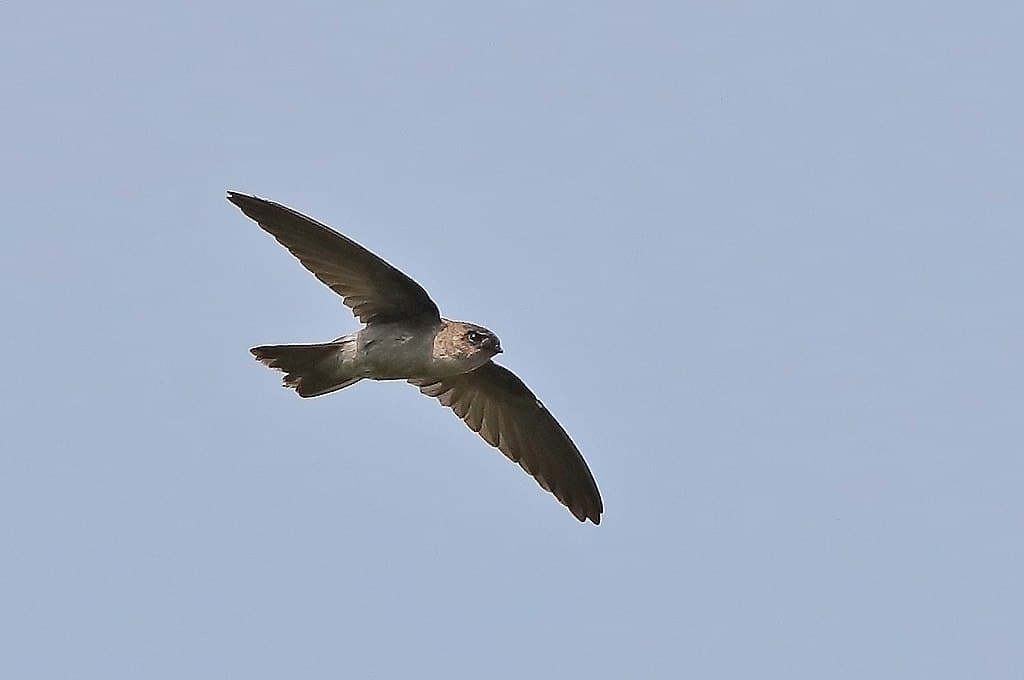
Being 13 centimeters long, the Asian palm swift is a small swift species common in tropical Asia. This bird has a brown slender body with long wings that sweep back and look like a crescent moon. It has a long tail that is deeply forked that appears long, narrow, and pointy when closed. Asian palm swifts spend most of their lives in the air, and they live by catching insects in flights. They have short legs that they only use for clinging to vertical surfaces because they never voluntarily settle on the ground. Then how do they drink water? They also drink on the wing, simple as that.
Barn Swallow (ត្រចៀកកាំ)
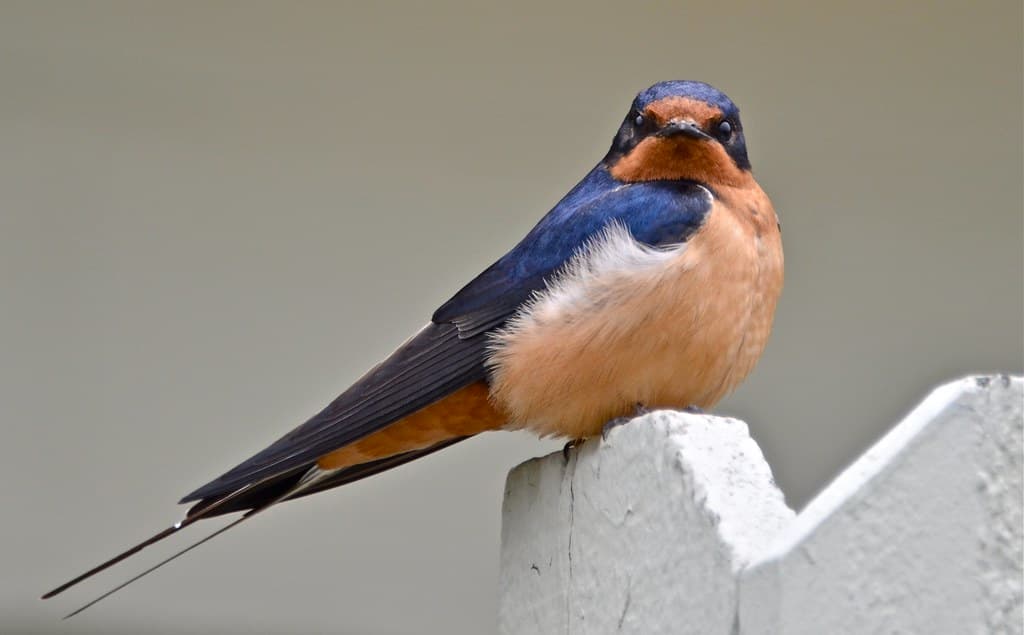
As you probably already know, barn swallows are the most widespread swallow species in the world. An adult barn swallow grows from 17 to 19 centimeters with elongated out tail feathers that are 2 to 7 centimeters. A barn swallow has steel blue upperparts and a rufous forehead, chin, and throat with white underparts. As open country birds, barn swallows normally nest in manmade structures but they also build nests in barns; hence the name. Living in open areas, barn swallows feed on insects like aphids, beetles, crickets, dragonflies, flying ants, grasshoppers, large flies, and moths.
Brown-Backed Needletail (ត្រចៀកកាំធំខ្នងត្នោត)
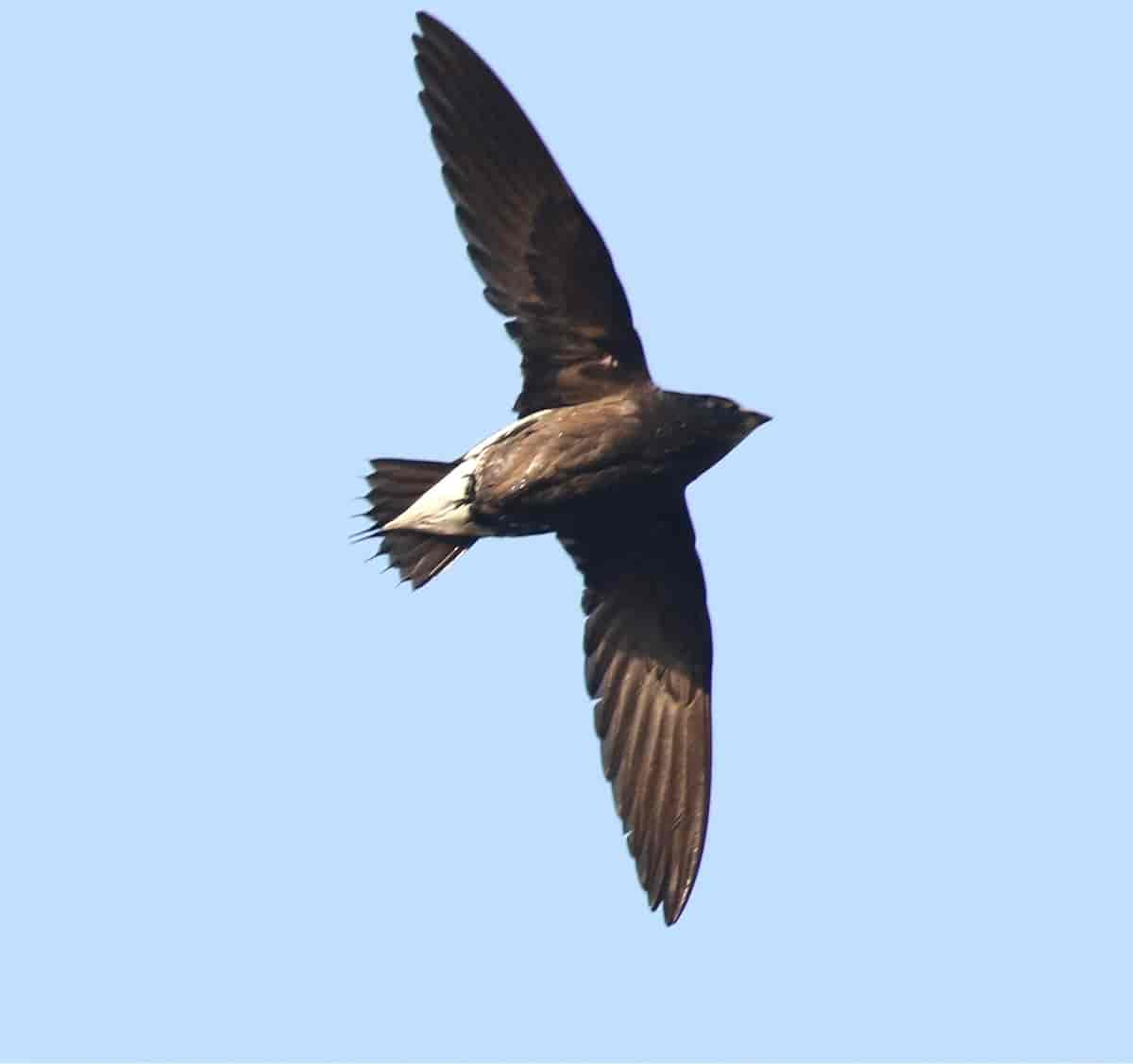
Here you are looking at a large swift species that are native to Southern Asia and Southeast Asia. A brown-backed needletail grows up to 23 centimeters long, and it has a barrel-like body. It gets its name from the spined ends of the tail that is needle-like instead of forked. The bird is dark brown with a white undertail that extends to the flanks. These swifts inhabit natural forests and wetland ecosystems like subtropical and tropical moist forests, moist lowland forests, and montane forests. When it comes to meals, they feed on airborne insects such as bees, beetles, cicadas, flies, grasshoppers, locusts, and wasps. They also like foraging in a swarm of insects like flying ants and flying termites as well.
Crested Treeswift (ត្រចៀកកាំព្រៃ)
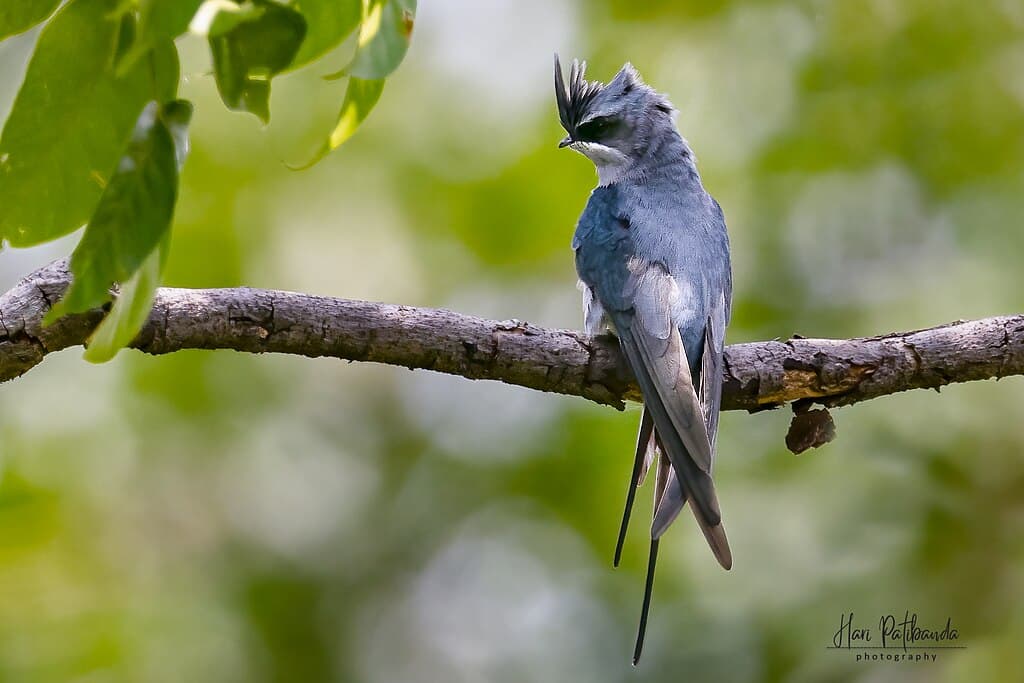
Having the same size as the previous swift, crested treeswift is one of the most beautiful swift species. It has dove gray upperparts and white underparts with long swept-back wings that are darker gray on the top. Just like the name suggests, it has a crest that makes it look absolutely gorgeous. Adult males have orange cheeks and ear coverts with a narrow streak of white under the eye. Adult females have a thin white stripe below the eye that goes along the cheeks.
Crested treeswifts are common in the Indian Subcontinent and Southeast Asia where they live in deciduous forests and open woodlands. As aerial birds, they catch most of their prey while flying and those are ants, bees, beetles, flies, termites, and wasps. Normally, they build a tiny and thin-walled nest that is shallow from pieces of bark and feathers on a tree branch. They use their saliva to glue all the pieces together to host the only egg that the female lays. Both parents take care of the hatchling until it can fly and leave the nest.
Fork-Tailed Swift (ត្រចៀកកាំកន្ទុយឆែក)
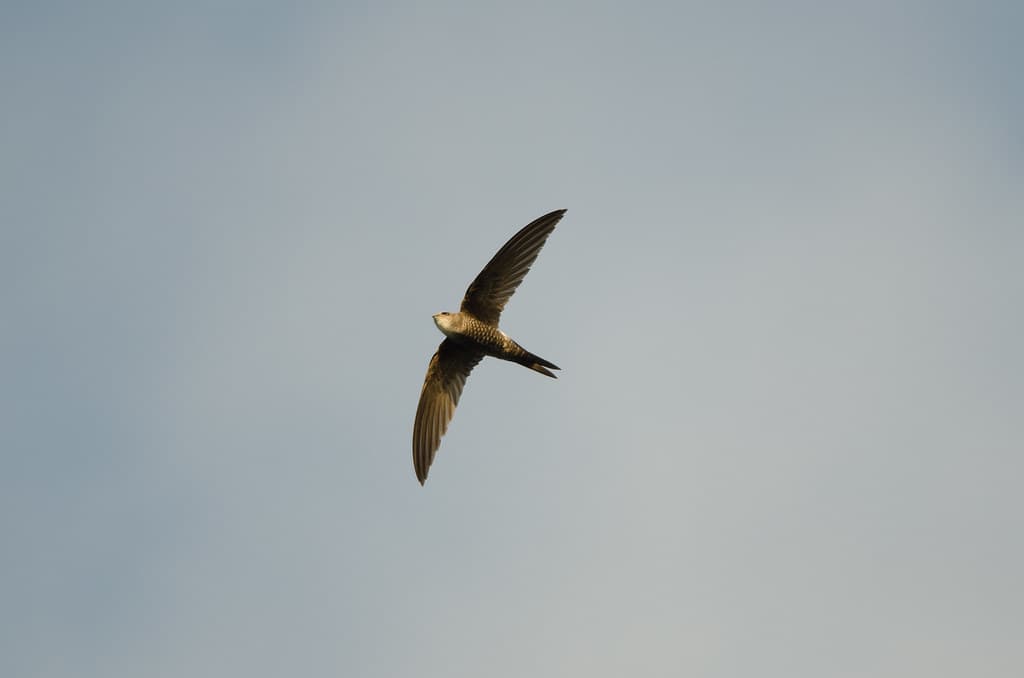
Being at a length of 18 to 21 centimeters, a fork-tailed swift is a medium-sized swift with a slim body. The bird is mainly blackish with a white band across the rump, and it has a white patch on its chin and throat. Its body, tail, and upper wings are black-brown and it has a faint pale scaling to the saddle. This swift species lives in various habitats such as above foothills, cliffs, coastal areas, dry or open habitats, and urban areas. However, they usually nest in colonies on cliffs where they build nests and lay a clutch of 2-3 eggs.
House Swift (ត្រចៀកកាំចុងខ្នងស)
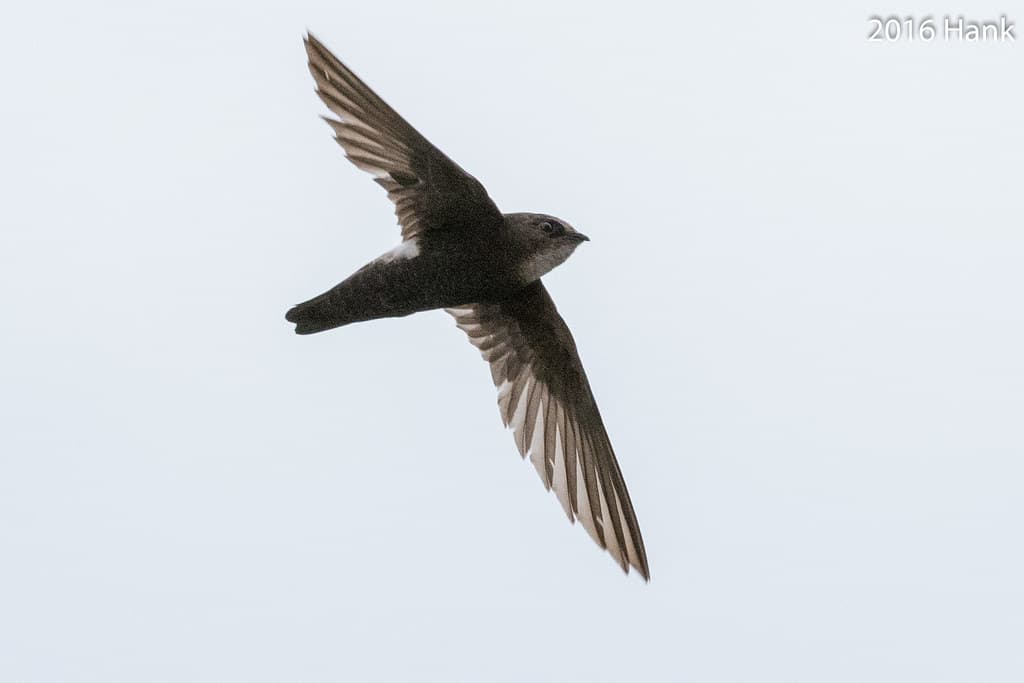
House swift is a small swift species whose body size is only from 14 to 16 centimeters big. A house swift has black plumage with a dark and slightly-forked tail. At the same time, they have a whitish throat and broad clear white rump band that is visible in flight. These birds have a wide distribution across Asia, living in both rural and urban areas. Because of their habitats, it is also common to find their nests both in cliffs and urban areas.
In urban areas, they like to build their nests under roof overhangs or buildings or in tunnels. Just like other swifts, house swifts also use their saliva to stick branches, feathers, and leaves to build nests. Not different from other members of the family, house swifts also feed in the air as they fly. Some of their common meals are ants, flies, mosquitos, spiders, and many other insects they can catch.
Plain Martin (ត្រចៀកកាំទន្លេត្នោត)

Probably one of the least known swallow species, plain martin is a small member of the family. It has a dark gray-brown upperparts and white belly with a uniform pale gray-brown throat and breast. Plain martins live in open habitats such as farmlands, grasslands, and savannas where water is near. Their population spreads across Asia, ranging from Tajikistan and Indian Subcontinent all the way to countries in Southeast Asia. The diet of these swifts is slightly different from others because it does not only feed on insects but also fruit and nectar.
Red-Rumped Swallow (ត្រចៀកកាំចុងខ្នងក្រហម)
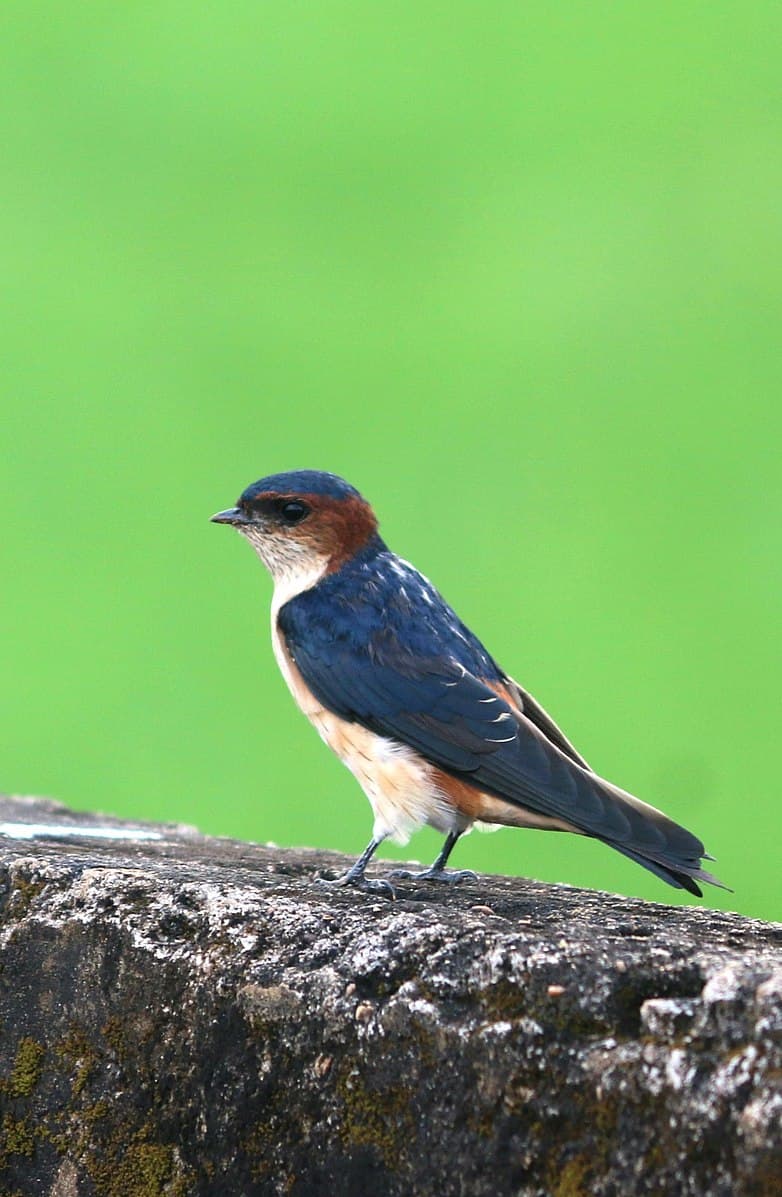
This is the second most common swallow species and one of the small members of the swallow family. A red-rumped swallow has dark underparts and black undertails with pale or reddish rumps, face, and neck collar. One of the advantages of being a small bird is their swift flying speed which allows for easy hunting. Red-rumped swallows fly very fast and they can swoop insects within seconds. Another interesting thing about them is that their distribution is from Southern Europe, Africa, and Asia to Southern Siberia and Japan. Across those areas, they live in grasslands where insects are abundant.
Sand Martin (ត្រចៀកកាំទន្លេវ័ណ្ឌក)

Known as the bank swallow in the Americas, sand martin is a small swallow bird species at a size of 12-14 centimeters. It has brown upperparts, white underparts with a narrow brown band on the breast, and a black bill. One way to differentiate a sand martin from other swallows is the brown back and white throat that it possesses. Along with that, these little birds like to feed over water for invertebrates.
Meanwhile, their common habitats are mostly in farmland and wetlands where they nest in colonies. Sand martins dig their burrows in steep sandy cliffs, and the tunnel can be up to a meter long. As social birds, they nest together in summer and gather to roost in large numbers in autumn. Before winter approaches, they will migrate to Africa before coming back to their usual habitats in spring.
Wire-Tailed Swallow (ត្រចៀកកាំកន្ទុយខ្សែពីរ)
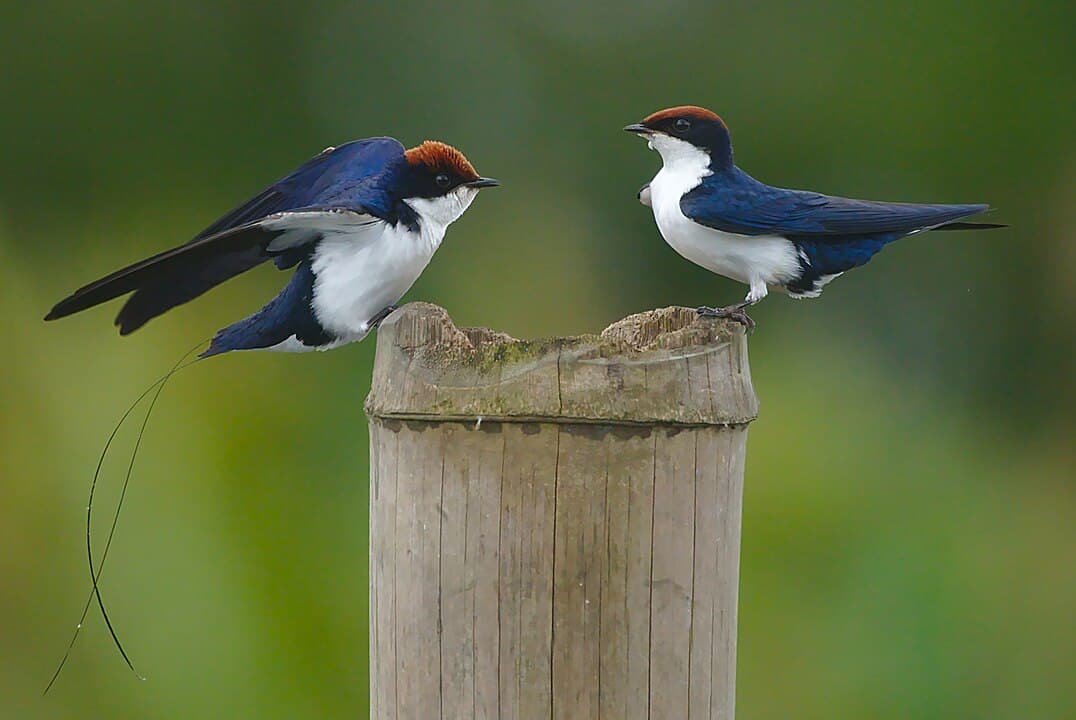
A wire-tailed swallow has bright blue upperparts and bright white underparts with a chestnut cap. It has a blue bar that starts from the beak and masks the eye all the way down to the neck and back. Only the adults have wires on their tails, and that is one of the distinctive features of this swallow species. The long and magnificent outermost tail feathers exist in both males and females but are shorter for females. Wire-tailed swallows live in open country areas near human habitation and water where they feed on insects, especially flies. At the same time, they also live in cultivated regions, grasslands, open scrublands, and wetlands. As non-migratory birds, wire-tailed swallows stay in their country of origin.
Related Post: Woodpecker Species In Cambodia
